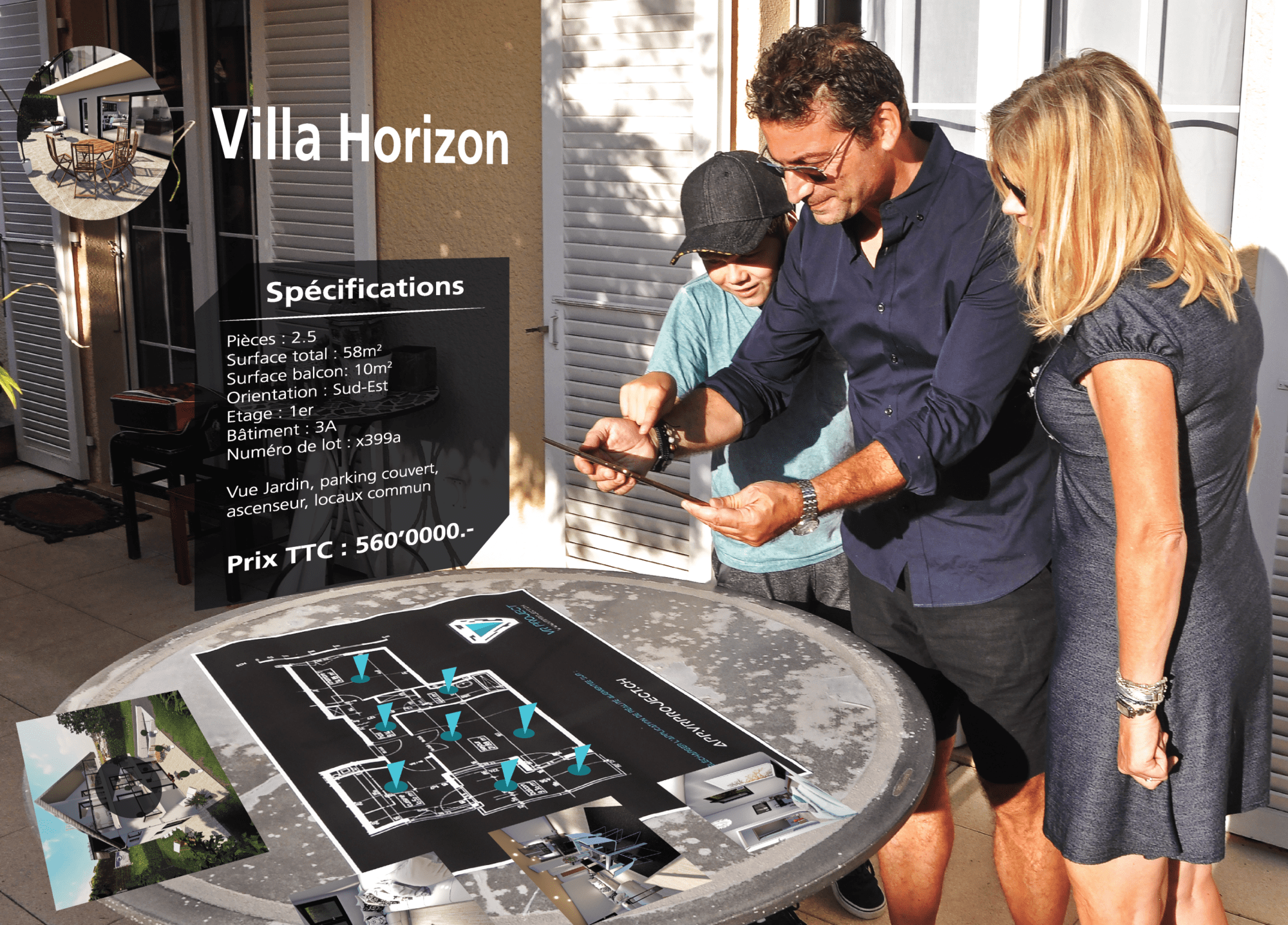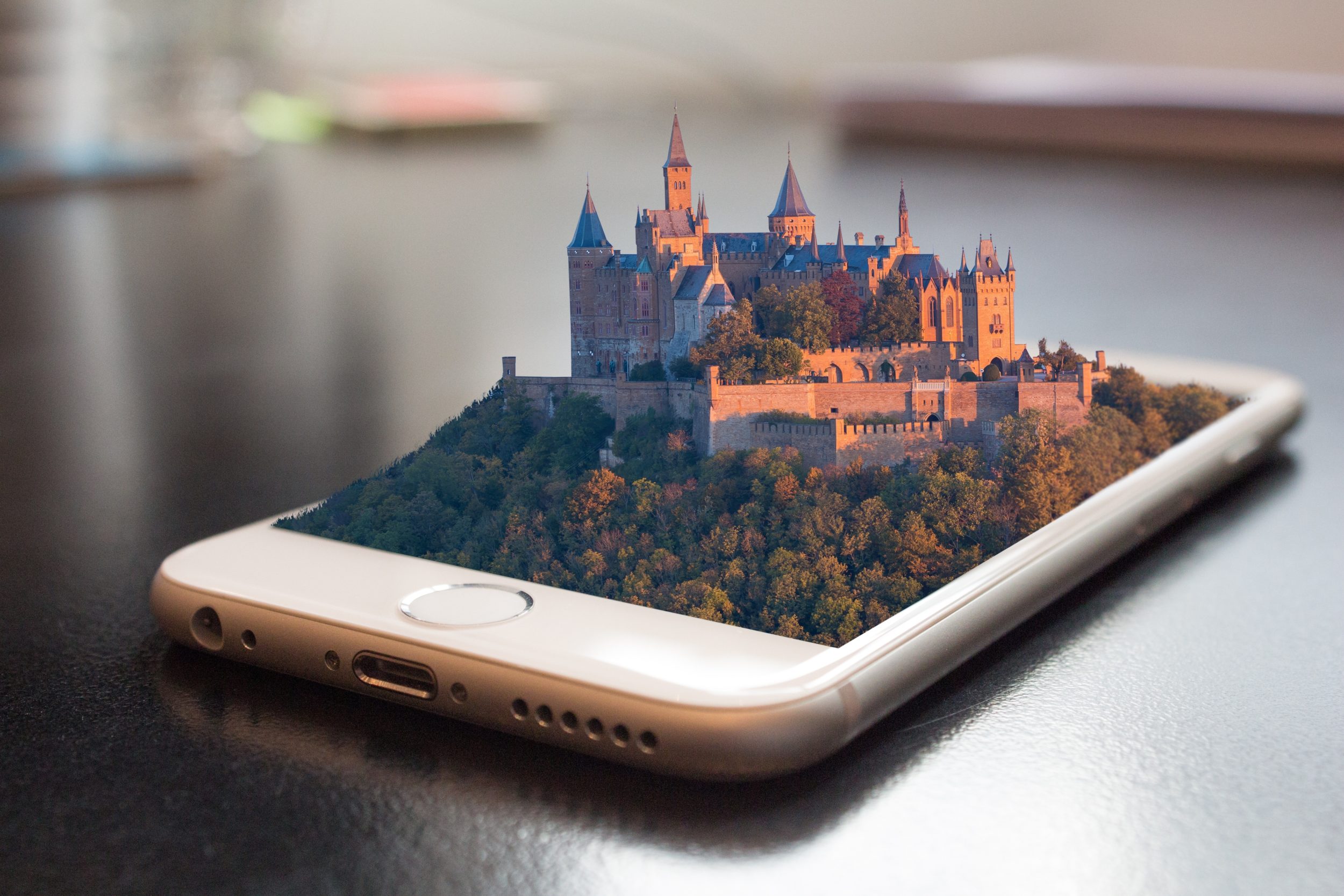Do you have an augmented reality project? You don’t know which situations to turn to? A Wysiwyg solution? Native development? A mix ?

Having already developed multiple augmented reality solutions, we have a few hints to guide you in your choice.
The easy solution

The easy solution is the simplest and certainly the cheapest to set up your augmented reality project. Using a “visual” or “wysiwyg” editor (What You See Is What You Get), you will easily be able to add media to targets (posters, posters, business cards, flyers, etc.). ..).
D’un point de vue désavantage, easy solution like Wikitude ne facilite pas l’usage des fonctionnalités sortant de l’ordinaire. Putting a logo in the colors of a company becomes a difficult operation to achieve. The application also requires good quality of constant network connection. The control and confidentiality of user data is not 100% guaranteed. There are many start-ups that offer solutions to these problems. However, it is necessary to be careful because many of them open and close very quickly, which, for a project and an investment in the medium-long term is a significant risk.
Some interesting easy AR solutions:
WIKITUDE STUDIO : https://www.wikitude.com/products/studio/
LAYAR (Blippar) : https://www.layar.com
ROAR : https://theroar.io/fr/
Native development

A completely native development in Java for Android or in Objective-C for Apple is not the most recommended. Because, on the one hand it requires to have advanced knowledge in software development and on the other hand, it does not bring as many advantages as we could hope for. The complexity of this development does not allow it to be used for most projects.
At EnginXr, we do native development for augmented reality under the Unity game engine. This allows greater flexibility, a certain time saving as well as a single project. When the application is published on Android or IOS, the project is then compiled automatically in the correct language (Java / Objective-C).
In addition, Unity easily manages unified access to the ARCore (Android) and ARKit (IOS) augmented reality library.
Such a development is justified if you want total freedom and personalization in the realization of your project. It is the ideal solution if you want to push the experience further with, for example, an augmented reality game or advanced 3D animations.
Note that it is possible to make augmented reality applications that do not require a constant internet connection. Confidentiality and data backup are also protected. The performances, being optimized for the game are therefore better.
2 game engines allow development in augmented reality in native:
Unity : https://unity.com/fr
Unreal Engine : https://www.unrealengine.com
The mix

It is quite possible to mix a native development under Unity with a turnkey editor.
This solution may be interesting if you want to have advanced management of your data, excellent performance and access to an easy-to-use administrator area. It also allows you to easily add new content while minimizing complexity, development time and the price of updating the project.
For this, several development kits exist and are compatible with the game engines presented above:
PTC (ex-Vuforia) : https://www.ptc.com/en/products/augmented-reality
Wikitude : https://www.wikitude.com
In conclusion

Augmented reality
The 3 solutions presented above are interesting and are to be chosen according to your needs: simplicity, cost, scalability, performance, data, lifespan.
We are available to discuss your augmented reality project and answer any questions you may have.




